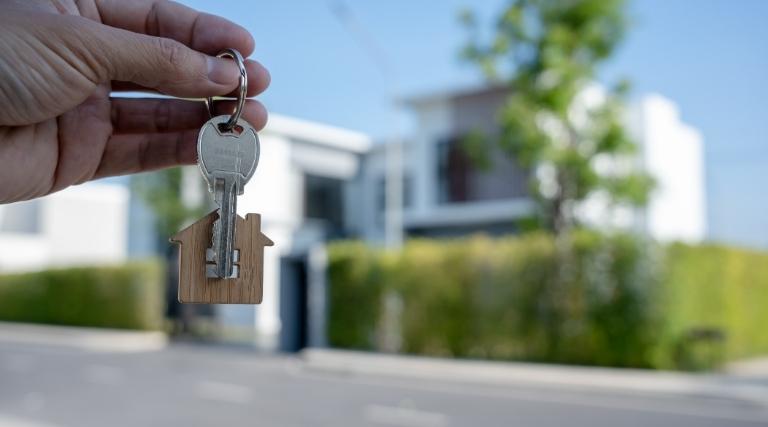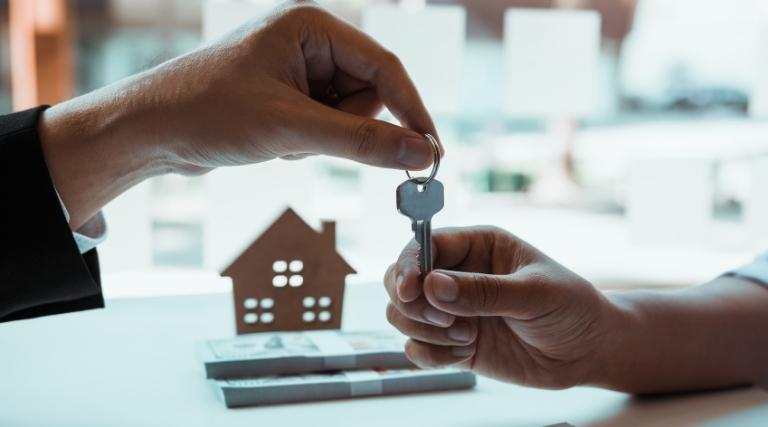In a real estate boom, home buyers will clamor for almost any house that hits the market. This is great while it lasts, but when the party’s over, only home buyers who choose the best locales will be holding the most valuable property that also depreciates at a much slower rate. This difference in value is essentially a result of a home’s location.
“Location, location, location” is a common mantra in real estate. And it’s good advice—except for one thing: Most people have no idea what it means.
Why Is Location Important?
First, let’s look at why that particular cliche—that the three most important factors when property investing are location, location, and location—became so popular. Most people decide to buy a property based on how much they like the house or apartment, but you are also buying a plot of land when you buy a property. The house currently standing on that land can be renovated or remodeled, but you can’t change where the home is situated. This fact is seen most clearly in suburban homes, where the limits of a property are marked out.
However, even if you buy an apartment in a city, you invest in a particular location. A city block can be a “good” or “bad” investment in just the same way as the neighborhood of a house. This means that location is often the single most important driving force behind the value of a property. It’s a simple case of supply and demand: Housing supply in great locations is limited by the number of homes in that location.
Home Buyers and Location

The first is to recognize that most home buyers (in 2021, millennials purchased the most homes) in a specific year often influence what makes up a popular area due to their tastes and preferences. A “good” location for real estate buyers usually has transport links, well-ranked schools, and community involvement.
The second important factor to recognize is that a “good” location or a “bad” location won’t stay that way forever. Cities, towns, and even suburban communities are constantly changing, and neighborhoods can transition from less desirable to ones considered “up and coming” within a few years. For example, if a major employer has just opened near an affordable neighborhood, it’s often worth buying in that location for wealth creation.
5 Factors of Location
A good location can mean different things to different people, of course, but there are also objective factors that determine a home’s value. Depending on your personal needs and preferences, you may not be able to buy a home with all of these factors. And that’s OK. After all, a home is much more than just a real estate investing.
When you are home-hunting, pay attention to nearby amenities. Buyers usually want convenient grocery stores, dry cleaners, and entertainment. Consider trains, roads, and public transportation for transportation, such as bus stops, subway stations, and public bike-share locations. Proximity to amenities will typically improve a home’s value.
However, the next time you’re shopping for a new property, keep five factors in mind.
1. Centrality

Where you choose to live in a city or town will undoubtedly affect how much you pay for your home. Land is a finite commodity, so cities like Melbourne which are highly developed and don’t have much room for additional growth tend to have higher prices than cities with too much room to expand. Some of these communities have many uninhabited homes and areas that have fallen into disrepair.
According to data from the Census Bureau, in most cases, this urban sprawl occurs due to population growth. When sprawling cities experience a population exodus, it’s the outlying areas that tend to suffer the most severe declines in property value. This is part of how location impacts the fundamental economic tenet of supply and demand.
2. Neighborhood
The neighborhoods that appeal to you will essentially be a matter of personal choice. However, a truly great neighborhood will have a few critical factors in common: accessibility, appearance, and amenities. Your neighborhood may also dictate the size of the lot on which your house is built for property investment.
In terms of accessibility, you should look for a neighborhood near a city’s major transit routes, which has more than one entry point. Commuting to and from work is a big part of many people’s days, so a house with easy access to roads and public transportation will be more desirable than one tucked away and can only be accessed by one route. Shady trees, quality landscaping, and nearby parks or community spaces tend to be desirable.
You can also judge the neighborhood’s popularity based on how long homes in that area stay on the market; if turnover is quick, you’re not the only one who thinks this is a desirable place to live.
A great neighborhood should also include essential amenities such as grocery stores, shops, and restaurants. Most people like to frequent places that are convenient. Research the local public schools even if you don’t have kids or plan to have them. A reputable public school district can boost an area’s home values and figure into the profit you can realize when you want to sell. Also, you’ll want to attract the greatest number of potential buyers. Many real estate buyers target neighborhoods with strong public schools.
3. Development

It is not just the present amenities that matter, but future ones as well. Plans for new schools, hospitals, public transportation, and other civic infrastructure can dramatically improve the value of property development in the area.
Commercial development can also improve property values. When you’re shopping for a home, try to find out whether any new public, commercial, or residential developments are planned and consider how these additions might affect the desirability of the surrounding areas.
4. Lot Location
You also need to take into consideration where the house is located. If the house you want to buy for property investing is right on a busy road or very close to a highway, you can probably get it for a lower price, but it will also be more difficult to sell later.
The same may hold for houses that stand next to or back onto a commercial property, such as a grocery store or gas station, or houses on streets that get an unusual amount of parking traffic and parked cars, such as those near large churches or community centers. Alternatively, a house with a wonderful view or near a body of water is likely to be more valuable, both now and when it comes time to sell it.
5. The Home You Purchase

There’s one aspect of house hunting that tends to surprise people. Let’s say you’ve narrowed your choices to two homes that stand side by side in a great neighborhood. One needs repairs and updates but has a huge lot. The other is in tip-top shape but sits on a lot half the size of the fixer-upper. The prices of the two homes are similar. Which do you choose for real estate investment? In most cases, the house in need of repairs is the better investment.
The reason: your house is a depreciating asset. On the other hand, the lot will maintain its value (or likely appreciate) relative to the house. If you bulldozed both houses, the larger lot would sell for more. So, if you can, choose a bigger, better-shaped, or better-situated lot over a nicer house. A less attractive house can always be updated, added on to, or replaced altogether, but the lot can’t change.
